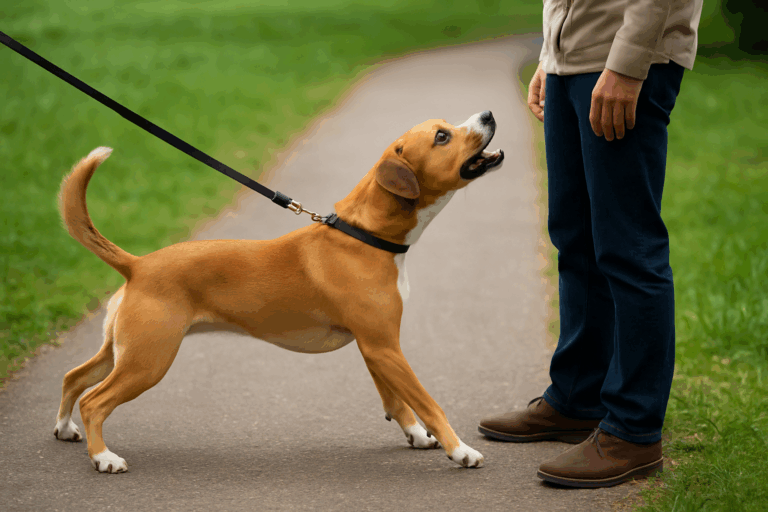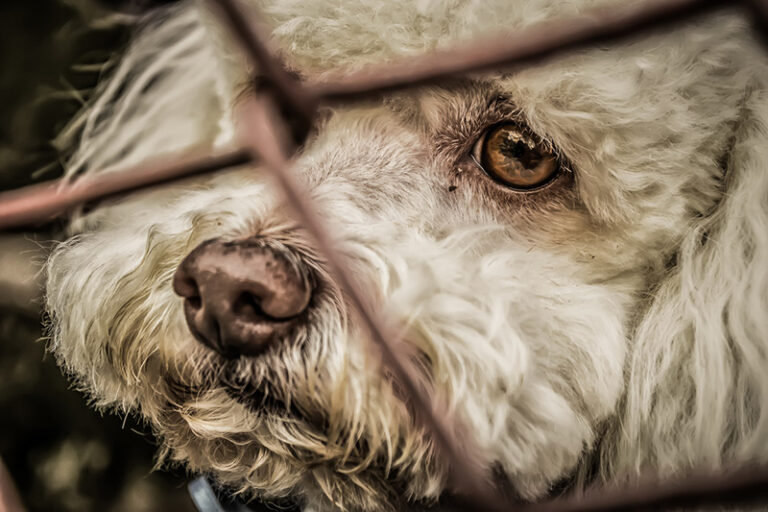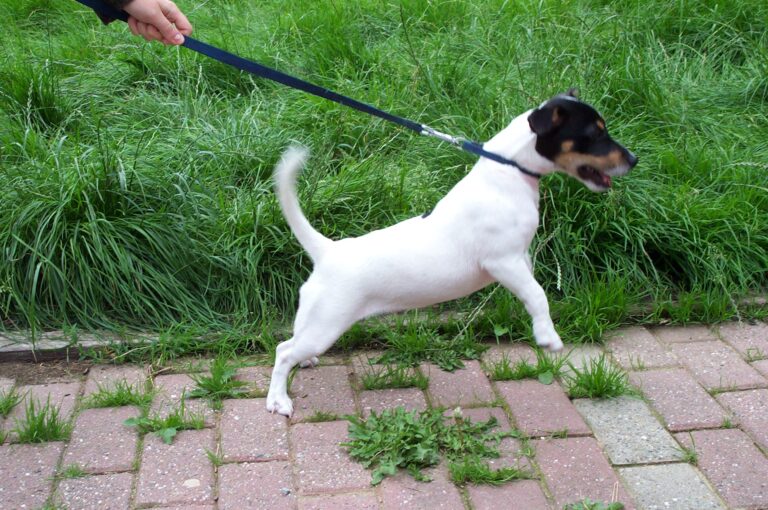In recent years, dog cafés have been popping up everywhere. The idea is appealing: enjoy a coffee or pastry while spending time with your four-legged companion, meet other dog owners, and create a space of conviviality around dogs.
On paper, it all sounds perfect.
But in practice, these spaces require real reflection — because offering a place fod dogs means understanding their needs, their language, and their limits.
A Lovely Initiative… That Requires Specific Skills
I find it wonderful that more and more places want to include dogs in our social lives. It shows how our relationship with them is evolving.
However, welcoming several dogs in an enclosed space is not a simple matter. It’s not just “a café with dogs around.” It’s an environment that must be designed with their emotional and social well-being in mind.
If the space is too small, if dogs can’t move away or avoid an overly insistent playmate, stress can quickly build up.
Understanding What Humans Often Don’t See
Many people think they’re watching dogs play when they see them running, bumping, or chasing each other.
But what untrained eyes often miss is the subtlety of canine communication.
Certain signals are very clear to anyone who knows how to read them:
-
Averted gaze
-
Lowered head
-
Ears pinned back
-
Lip-licking
-
Attempts to move away
-
Low growl or snapping air
These are all ways for a dog to say: “Stop, I’m not comfortable.”
And when those signals are ignored, tension can rise, sometimes leading to conflict.
That’s why having a professional trained in canine communication on-site is essential.
A knowledgeable behaviorist or trainer can spot these early warning signs, intervene calmly, and protect the dogs before they feel overwhelmed.
The Role of a Professional: More Than Just “Supervision”
A dog café can be a wonderful experience if a qualified professional ensures that interactions remain positive and helps educate visitors at the same time.
Such a place could even become a learning space, where people discover the meaning of canine body language.
That would benefit both dogs and humans — by fostering better understanding between species.
Inclusion Is Beautiful — But It’s Not the Same as Canine Expertise
I also want to acknowledge something important.
Some dog cafés highlight their inclusive mission by employing people with disabilities. That is a wonderful human and social initiative — and it deserves to be applauded.
But inclusion should not be confused with professional canine knowledge.
Being socially responsible and being behaviorally competent are two different — yet equally valuable — goals.
Promoting an inclusive or “pro-disability” message is admirable, but it doesn’t replace training in animal behavior or canine communication.
A Beautiful Idea… That Comes With Responsibility
Opening a dog café is an exciting adventure — but it also comes with great responsibility.
Creating a “dog-friendly” space is not just about allowing dogs inside. It’s about ensuring their comfort, safety, and freedom of choice.
That means:
-
Providing enough space for them to move away if needed
-
Respecting their need for calm
-
Monitoring interactions with care and empathy
And most importantly, putting the dog’s well-being before the customer’s enjoyment
In Conclusion
Dog cafés can be wonderful meeting places — if we remember what they’re truly about: offering dogs a space where they feel safe, understood, and respected.
I genuinely believe these projects have a bright future — as long as we approach them with knowledge, kindness, and a professional understanding of canine communication.
Because a café for dogs should always be designed for them.
Sonia Quertenmont, Dog behaviorist



